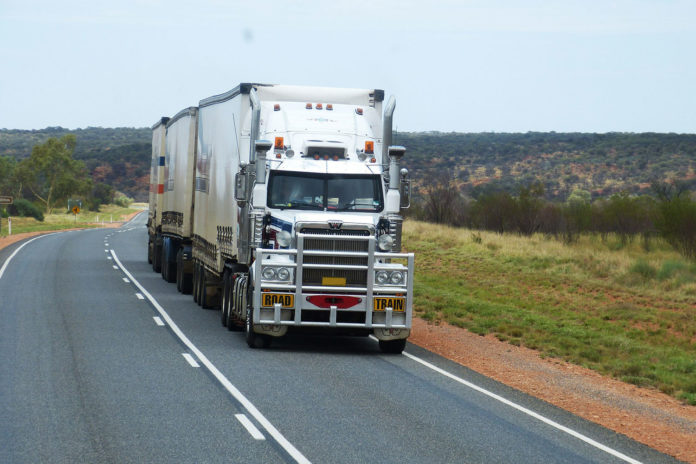The world is undergoing a transition to a more sustainable energy sector dominated by renewable energy sources. Hydropower will likely grow in importance as a renewable energy source in the future.
A team of researchers at the International Institute for Applied Systems Analysis (IIASA) have developed an innovative hydropower technology based on trucks that could provide a flexible and clean solution for electricity generation in mountainous regions.
Despite its potential, innovation in hydropower technology has been slow in the last century. Mountain regions have a large potential for generating electricity from a small stream of water is high however, the hydropower potential of these regions remains untapped as it requires storage reservoirs, which have environmental and social impacts.
Conventional hydropower technologies rely on two connected reservoirs with different water levels where the potential energy of the water is converted into electricity. The new innovative technology called “Electric Truck Hydropower” consists of catching water from streams at high altitudes to fill storage containers loaded on the electric trucks. The containers are then transported down the mountain using the existing road infrastructure, converting the potential energy of water into electricity with the regenerative braking systems of electric trucks and storing it in the truck’s battery.

The containers would be removed from the truck upon reaching the discharge site at the bottom, and the water contained within it would be released back into the river. The truck’s battery would be removed, and stored energy can then be sold to the grid or used by the truck itself to transport other goods. Then the truck with an empty container, along with a replacement battery with enough charge to get the vehicle back up to the charging site located at a high elevation on the mountain river, and the process will continue.
“The ideal system configuration is in mountainous regions with steep roads, where the same electric trucks can be used to generate hydroelectric power from different locations. This increases the chances that water will be available,” IIASA researcher Julian Hunt says.
The research team estimated that Electric Truck Hydropower could generate 1.2 PWh electricity per year, which is equivalent to around 4% of the global energy consumption in 2019. In addition, the levelized cost of the electricity truck hydropower is $30-100 per MWh, which is cheap when compared with conventional hydropower $50-200 per MWh.
In addition to being a low-cost and impact electricity generation technology, the Electric Truck Hydropower could also generate electricity in combination with solar and wind resources to provide energy storage services to the grid.
“This technology does not require dams, reservoirs, or tunnels, and it does not disrupt the natural flow of the river and fish passage. The system requires only roads, which already exist, charging and discharging stations similar to small car parks, a battery facility connected to the grid, and the trucks,” explains Hunt.
